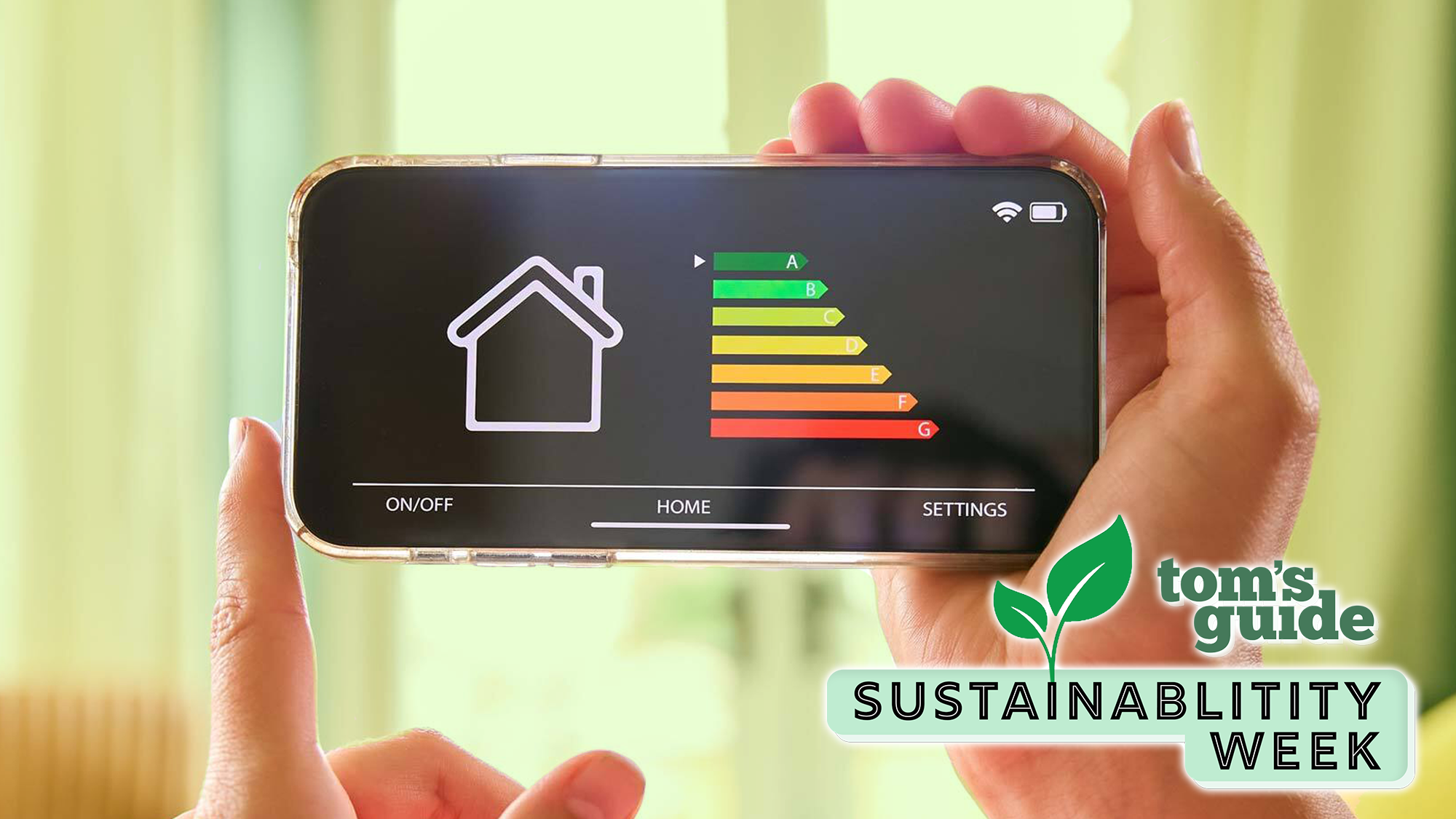It's time to kill cable — and this is my top streaming service for cutting the cord
What I learned after testing all the major streaming services
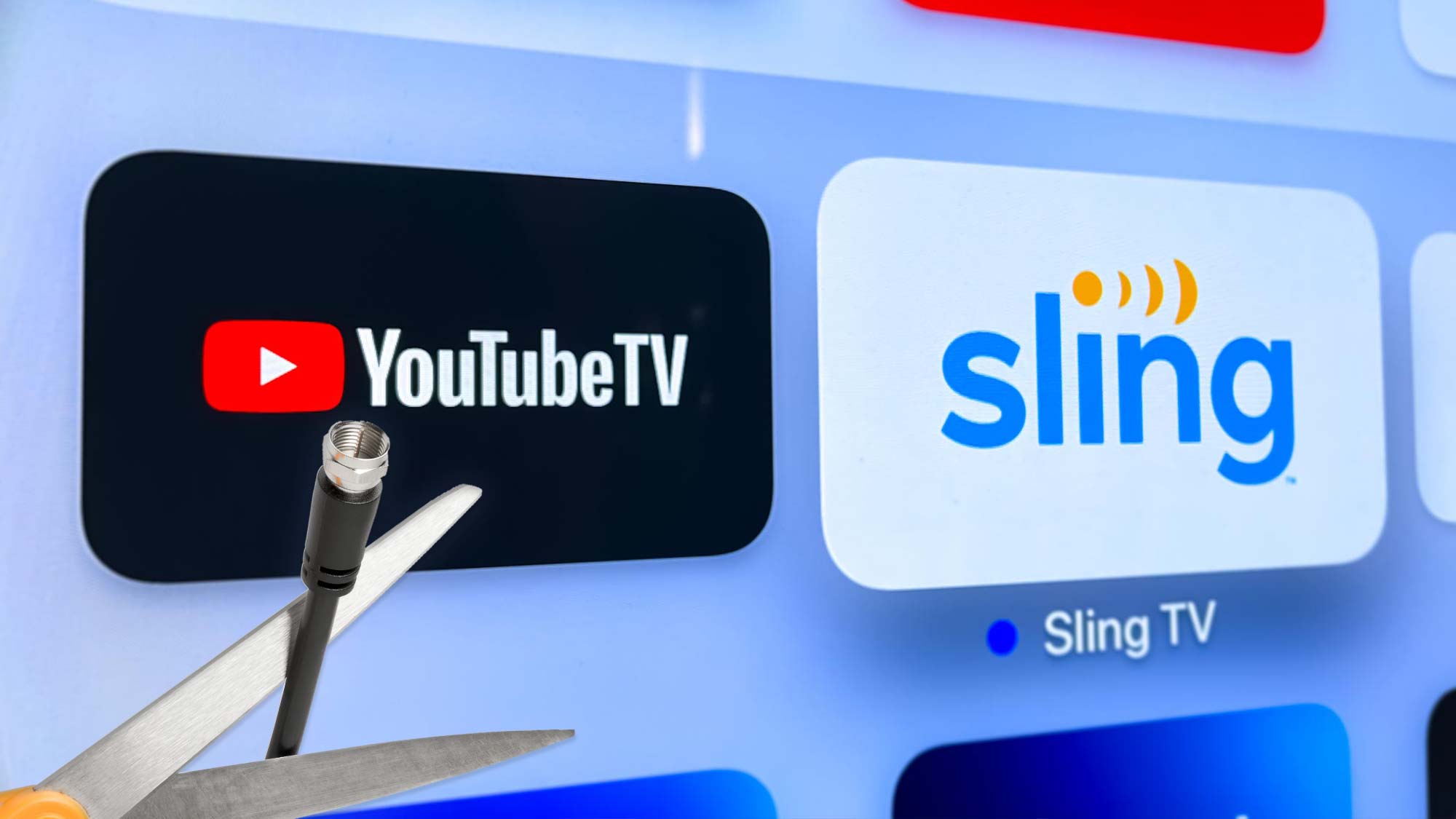
My big project for last year was figuring out how I'd cut the cord, and I think my findings can help you kill cable in 2022.
Long-tired of the limits of the cable box — the best cable TV alternatives let you bring your DVR wherever you go — I had one foot out the door for a while. On top of that, cable's heavy price tag, — $127 split between roommates should be a good night out, not a monthly bill — was just too much. Plus, it doesn't help that Netflix is raising prices for every tier of service.
So, I tested every single major live TV service, and found myself (somewhat predictably) going with one of Tom's Guide's choices for the best streaming service. In fact, I'd also picked the same cord-cutter service that my colleague Kelly Woo chose.
But, because I love a good narrative, I'm not going to spoil the ending up front. Because it's less about the service that's right for me, and more about what you can learn from what I found out. And that includes the very messy year for one of my top choices.
I almost cut the cord with YouTube TV
YouTube TV is great, it's so great — from its clean and snappy interface to its unlimited DVR cap — that I'm really annoyed that I have good reasons to not be paying for it. At one point, my biggest personal reason was the lack of a channel I wanted. That's Vice. But the show I watch on Vice is between seasons, so I don't have that excuse.
The biggest reason I am not choosing YouTube TV is its price tag. At $65, it's $30 more than Sling TV per month, and that's too much of a price bump for a nicer experience. Sure, its optional 4K streaming and offline downloads are nice perks, but they also cost more money. But that's not the only thing that's given me doubts about YouTube TV lately.
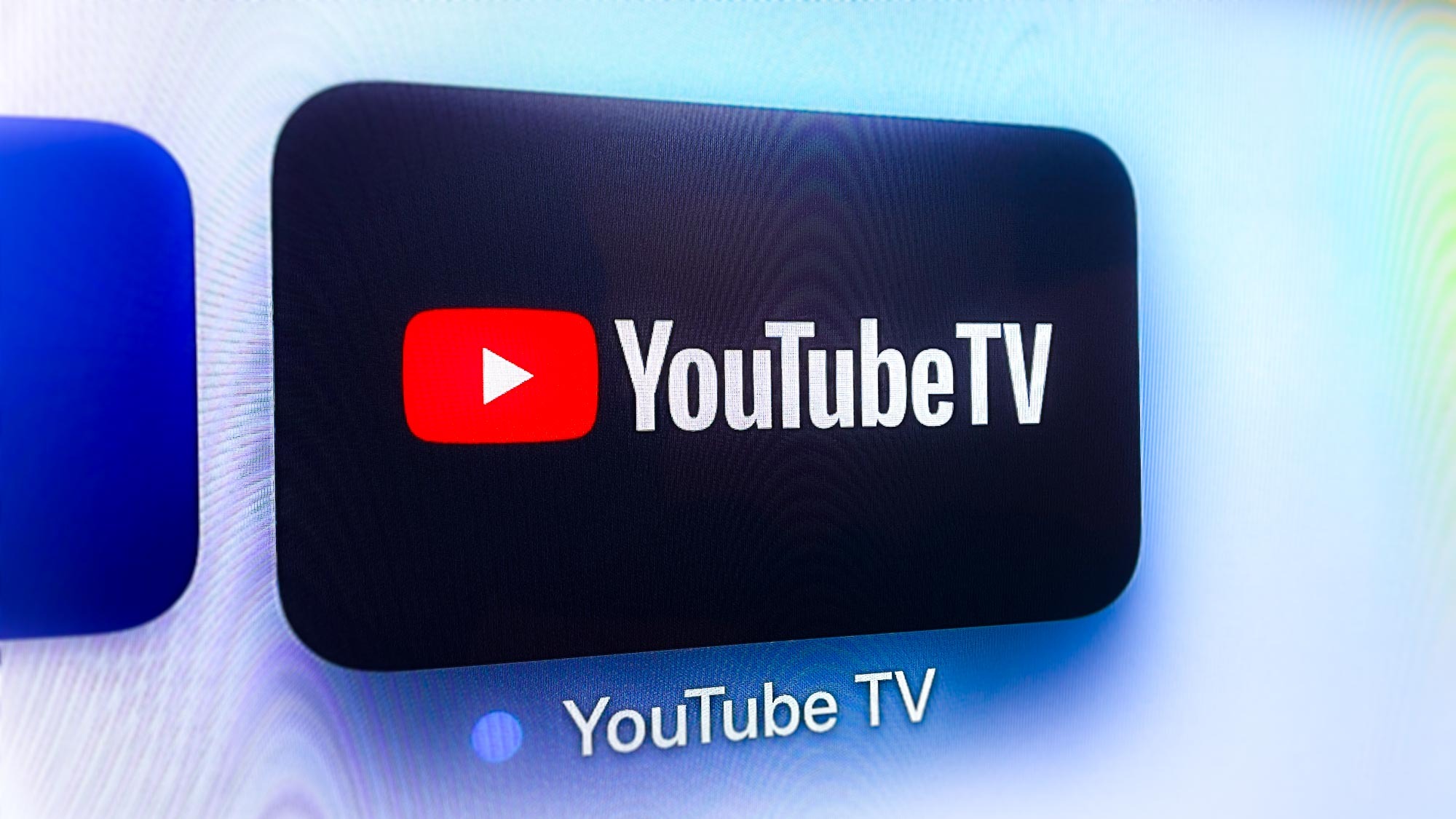
This past April, YouTube TV was pulled from the Roku Channel Store due to a beef between Roku and YouTube. So, any new subscribers then had to use the YouTube app, after YouTube buried its live TV functionality inside the regular YouTube app the following May. Of course, this didn't solve the inter-company dispute.
Then, YouTube TV and Roku set a deadline of December 9 to resolve all of these issues, which they fortunately did. All of this, though, was the kind of year-long headache we have enough of everywhere else right now.
YouTube TV's complicated year of contractual disputes with networks didn't end there, either. In September, YouTube and NBCUniversal broke the news that their negotiations were in jeopardy of not working out by their own deadline. Fortunately, their talks got an extension and nobody lost Sunday Night Football or SNL. And that means everyone with YouTube TV can watch This Is Us season 6, too.
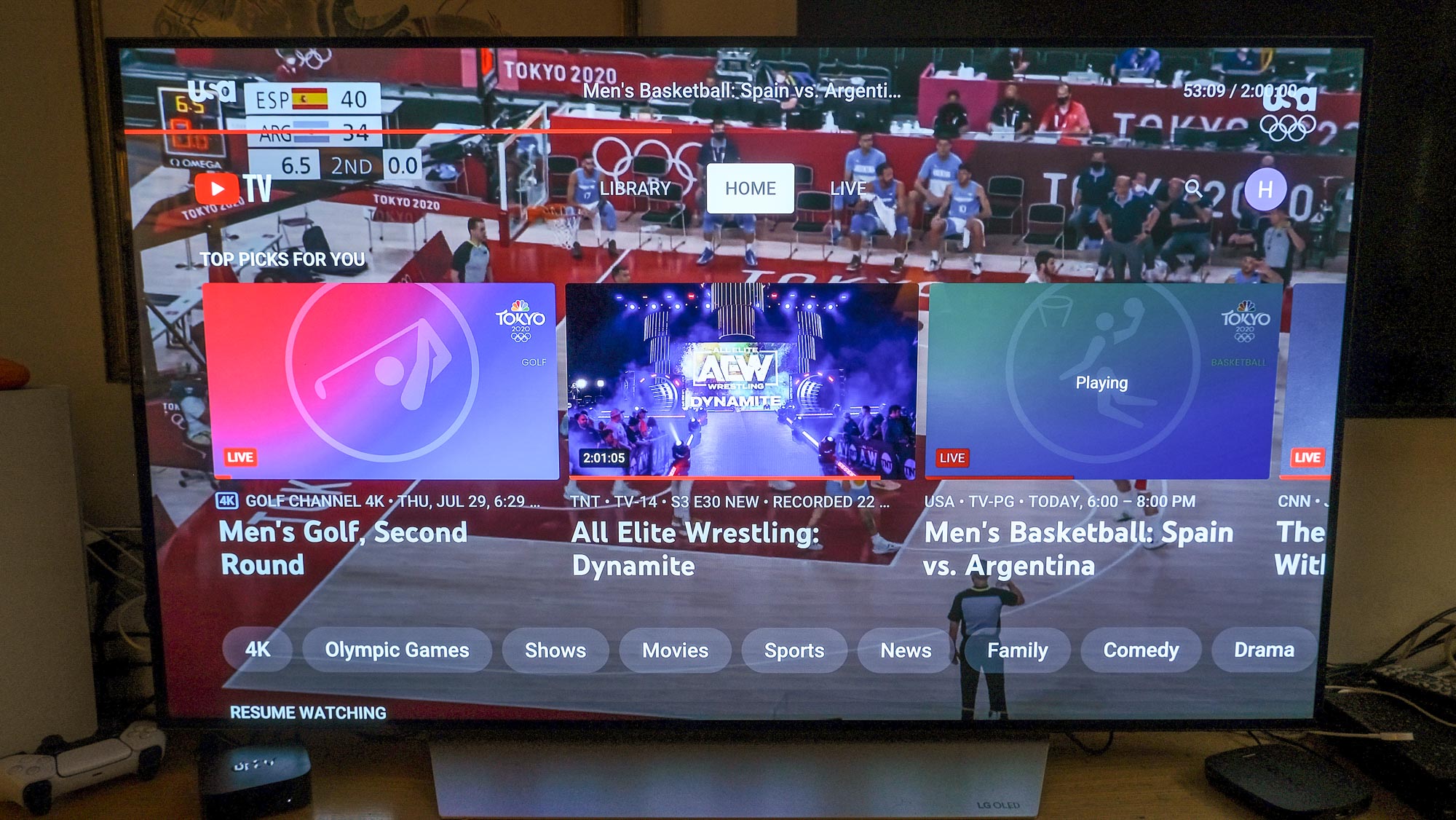
The same can't be said for the recent YouTube TV and Disney debacle. While the outage only lasted for a day and change, YouTube TV lost ESPN and ABC, plus other Disney-owned channels after the two sides failed to negotiate a contract. And if those channels mattered for those days, there was no alternative to their absence — which probably sent people to subscribe to a competitor (Sling if TNT matters, fubo if ABC matters).
When I was at a recent family function, a relative asked if they should cut the cable too, without knowing that this was exactly my kind of question. When they told me their needs, I wound up recommending a service that would have issues less than one month later. During the ESPN and ABC outage, though, I had to text them to alert them of the drama.
All of the above is not the situation anybody wants, and I hope YouTube TV's learned its lessons. Because while YouTube TV (more than 85 channels for $65 per month) is worth more than Sling TV (more than 30 channels for $35 per month) on paper, reliability is just as valuable. Because, yes, reader: I chose Sling TV.
Why I cut the cord with Sling TV
Three months into my Sling TV subscription service, I've only found one real flaw: local networks may vary when you're on the road. Frustratingly, I chose Sling TV not because of any affinity for the service — its apps and design are merely OK, its quality and speeds are similar — but because it works well enough and has all of the channels I want.
And when I was testing Sling TV, I found that "good enough" is what I'm going to have to settle for. I was able to add on FXX to watch It's Always Sunny's latest season, too, as I saw Sling's customization options as valuable perks, letting me keep a low starting price and hike it up myself if I wanted to.
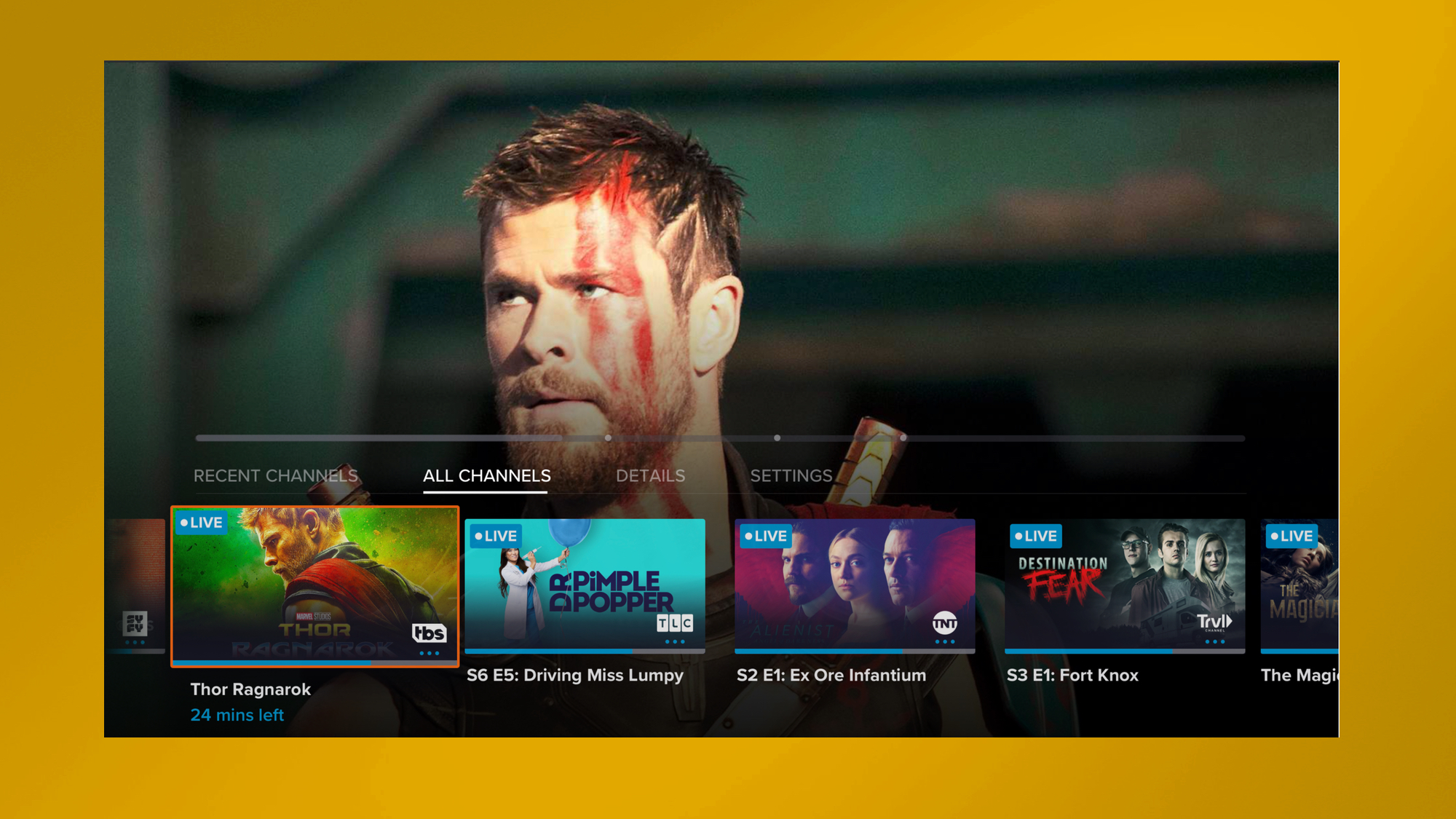
And it's much better than the services that I could easily dismiss.
Take, for example, Hulu with Live TV. When I tested Hulu's live TV offering for myself, I found it buffered a bit too often, and that was a no-no. Not even cable buffers, and I'm not replacing cable with something that's a worse experience. Sure, the interface is OK and the channels selection has what I need, but this was about upgrades, not downgrades. Hulu does now pack in Disney Plus and ESPN Plus for $5 more (not that you can choose), so I hope you're excited about The Book of Boba Fett episode 2 release date.
Then there's fubo TV. It's mainly for international sports, but it's marketed as a sports fan's streaming service. Which is why I was surprised to see them not offer TNT, a must for the NBA post-season. When I tested fubo TV I found it perfectly OK. It even has a real cool multi-channel view mode. But the lack of TNT is a dealbreaker for me, so I passed.
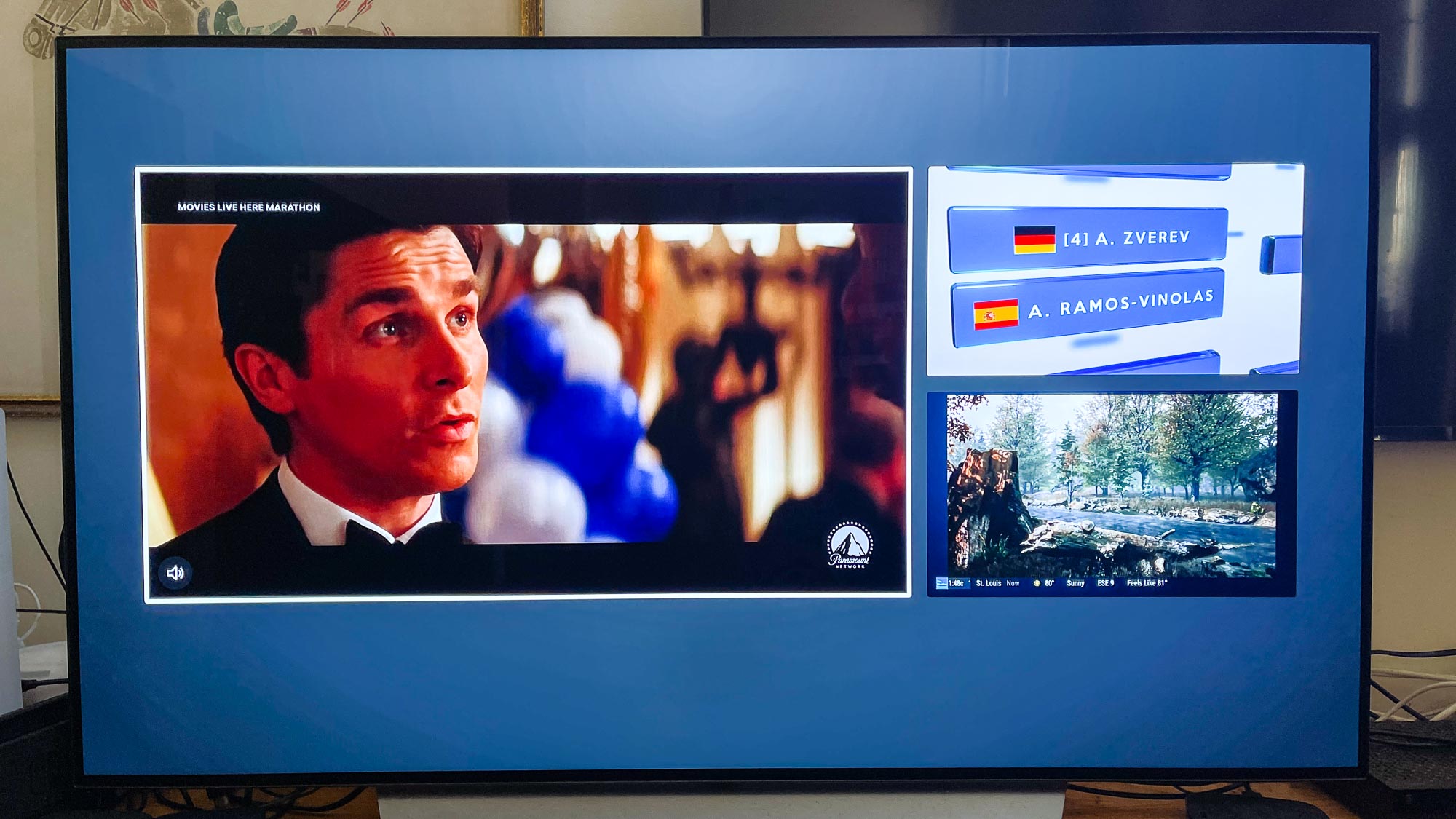
Lastly, there's two contenders to know about that I pretty quickly knew I didn't like. DirecTV Stream is subpar at best, putting its exclusive regional sports channels at high price tiers. Sure it has HBO Max at certain tiers, but I can get that service ala carte and watch watch Station Eleven episodes 8 and 9 as it is.
And Philo? Well, it just doesn't have enough channels.
Takeaways for aspiring cord-cutters
The biggest thing I learned is that finding the right way to cut the cord is not about who has the prettiest app or the most features. If that were true, I'd be paying more for YouTube TV or fubo's split-view mode.
The two things that matter the most are 1) getting all the channels you want (which Sling does, for me) at a price you like (which YouTube TV does not) and 2) being able to watch those channels without problems (Hulu's biggest flaw in my testing).
Of course, channel availability varies by your personal preference. If you want to watch The Bachelor season 26, you'll need a service with ABC. Which is why I wrote our Sling vs YouTube TV vs Hulu vs Fubo vs DirecTV Stream channels face off, which compares the services by who has more of the top 100 most popular services. I also wrote our guide for where to live stream NFL, NBA, MLB and more, which takes those pesky regional sports networks into consideration.
With all of the above testing experience, I'm sure you'll have an easier time cutting the cord than I did.
Sign up to get the BEST of Tom's Guide direct to your inbox.
Get instant access to breaking news, the hottest reviews, great deals and helpful tips.

Henry is a managing editor at Tom’s Guide covering streaming media, laptops and all things Apple, reviewing devices and services for the past seven years. Prior to joining Tom's Guide, he reviewed software and hardware for TechRadar Pro, and interviewed artists for Patek Philippe International Magazine. He's also covered the wild world of professional wrestling for Cageside Seats, interviewing athletes and other industry veterans.
-
kennybania I always feel like these discussions about cutting the cord should start with how much someone is willing to pay. That narrows the options quickly. Next should be the type of services they want to have, dvr, local tv, sports, etc. Some services are great but if you don't need every sports channel then you may not want to pay for that.Reply
If someone is hooked on one show or network I think that makes this much harder. Cutting the cord is also about changing habits. That favorite show can be found in other places and paid for only when it is new. If a person has to have the Hallmark channel then they will end up paying for it.
For some people I think "Cutting the cord" really is more like "switching the cord" and getting a cable alternative which is not cutting the cord. -
AustinTA65 Reply
Why does every article about these streaming services take the POV that they are different from cable? About the only difference is the "no contract" aspect allowing you to change services on a month to month basis...if you so desire. Believing that any of these services won't and shouldn't have contract disputes is naive at best. Your reasons for not selecting YTTV because they had multiple contract disputes is not valid...just wait...Sling will have - and has had in the past- contract disputes (or they will simply acquiesce and raise prices accordingly)...they all will. Disputes are a sign that the service cares about the prices they have to offer their customers.admin said:What I learned from the year I cut the cord, testing all of the major streaming services.
Cutting the cord in 2022 — this is my top pick to kill cable : Read more -
Dick2111 I applaud you for trying to simplify a seemingly complex decision, but I've come to believe that doing what's 'best' (or 'cheapest'?) depends on where you live in the U.S., what your personal priorities are, and who your internet service provider is. For instance, I live in the Tampa, Fl area & use Spectrum as my internet provider AND as my cable TV provider. Currently pay them $147.55 monthly for (1) 200 Mbps internet which costs $75 monthly; (2) cable TV using TV Choice option which costs $30 monthly; (3) DVR with receiver which costs $22 monthly. Broadcast TV surcharge adds $13 (go figure huh) & fees/taxes add almost $8 monthly.Reply
Spectrum's TV Choice is admittedly limited (tons of 'local' channels plus 10 other channels of my choice), but it more than meets my priorities (my wife insists on having the DVR to record some of her favorite shows that are on Spectrum ... keeping mama happy is a BIG priority). I also subscribe to (1) Paramount Plus ($100 a year or roughly $ 8 monthly); (2) Netflix ($10 monthly); (3) Amazon Prime Video (supposedly free with my annual Amazon Prime deliveries subscription); (4) Hulu with limited ads ($70 annual or $6 monthly). That's an additional $24 monthly, bringing my internet plus TV charges to $172 monthly on average. I could cut that down to $150 monthly IF I wanted to do away with my wife's DVR, but then I'd have to find another place to live (cheaper to do it this way).
I've got local friends who pay more than that for YouTube TV plus their subscriptions to Netflix, etc, when you include the cost of their monthly internet service (usually Spectrum here). An advantage to keeping a 'limited' cable package (TV Choice?) is that if internet goes out (which it has here at times) then cable TV still worked. That 'redundancy' can be beneficial at times, as well as the fact that our streaming service here via internet can get bogged down with buffering at times (don't seem to have that problem on the cable). So again, I think each family's decision to cut the cord is really dependent upon a number of factors, not all of which ever seem to get listed in every article on cord-cutting that I read. -
Manxe!!! The programming you subscribe to after you cut the cable monster is just fluff. That's up to you, and there are a hundred ways to go. The real problem is: how are you going to get the signal to your box?? You are going to pay about $60/month minimum just to connect to the Internet. With a minimal signal. And unless you are really lucky, you will pay a lot more for a signal that has enough bandwidth to play a decent game on. If all you are doing is reading and writing, and downloading not so challenging streams, you can avoid this additional cost, for a high speed signal like fiber, but this charge is always the first consideration when cutting the cable. People like Henry who write fluff pieces like this know this, but they never mention it, even tho it is the primary consideration when cutting your cable. To cut the cable then, you need to have training about the Internet FIRST. Then selecting an ISP is next, based on your budget and your needs, and that is the critical SECOND step. The programming you select is all dependent on the limiting technical factors in these two steps. And you may have additional charges for hardware, depending on where you are and who your ISP is. At 72, you should be capable of learning how the Internet works but it may be a struggle. I have taught a class with 72+s in it, and most got it. So the odds are in your favor. And if you have a grandkid, use him/her!! It will save you hours.Reply -
Rich 1944 Replykennybania said:I always feel like these discussions about cutting the cord should start with how much someone is willing to pay. That narrows the options quickly. Next should be the type of services they want to have, dvr, local tv, sports, etc. Some services are great but if you don't need every sports channel then you may not want to pay for that.
If someone is hooked on one show or network I think that makes this much harder. Cutting the cord is also about changing habits. That favorite show can be found in other places and paid for only when it is new. If a person has to have the Hallmark channel then they will end up paying for it.
For some people I think "Cutting the cord" really is more like "switching the cord" and getting a cable alternative which is not cutting the cord.
For me it is what channels do I need and then what channels do I want and then what its the lowest cost solution to meet those criteria. I only need Locals plus 10 channels and I don't really need locals.
There are only two solutions for me. One is Sling Blue and the other is Spectrum Choice which is covered by someone else here in the comments. Believe it or not those are the only two of all the streaming services that have all 10 or even all 8 of my required "cable" channels and they have the best price (I don't actually need locals because I have good reception with an antenna) so that makes Sling one of the two that qualify. -
Rich 1944 ReplyManxe!!! said:The programming you subscribe to after you cut the cable monster is just fluff. That's up to you, and there are a hundred ways to go. The real problem is: how are you going to get the signal to your box?? You are going to pay about $60/month minimum just to connect to the Internet. With a minimal signal. And unless you are really lucky, you will pay a lot more for a signal that has enough bandwidth to play a decent game on. If all you are doing is reading and writing, and downloading not so challenging streams, you can avoid this additional cost, for a high speed signal like fiber, but this charge is always the first consideration when cutting the cable. People like Henry who write fluff pieces like this know this, but they never mention it, even tho it is the primary consideration when cutting your cable. To cut the cable then, you need to have training about the Internet FIRST. Then selecting an ISP is next, based on your budget and your needs, and that is the critical SECOND step. The programming you select is all dependent on the limiting technical factors in these two steps. And you may have additional charges for hardware, depending on where you are and who your ISP is. At 72, you should be capable of learning how the Internet works but it may be a struggle. I have taught a class with 72+s in it, and most got it. So the odds are in your favor. And if you have a grandkid, use him/her!! It will save you hours.
You are right except most people that think about cutting the cord have internet. I could stream HD with 25 Mbps. I did that because when I switch to DSL for a month and then back to Spectrum, I get the first year rate again. If you don't want or need internet or just use your phone. Actually you can stream off your phone if you have an unlimited data plan and "Cast" it to your Smart TV, or Roku or FireTV using WiFi (I think). I know I have tried a phone based recording app and was able to cast the movies to my FireTV. -
Jim E. We cut the cord for real a few years ago. I put up a good roof top TV antenna, for a total cost of roughly $250 (antenna, pre-amp, distribution amp, wiring, etc) and then I purchased a Tivo OTA DVR with lifetime service for $350, and that's it.......forever. We use free apps like Tubi and Pluto along with the 50 channels we get with the antenna, way more TV than we can ever watch.Reply
Why pay a monthly fee for channels you don't ever watch? Cancelling cable and then going with a paid streaming service isn't cutting the cord, it just changing the method of delivery. -
Rich 1944 Why pay a monthly fee for channels you don't ever watch? Cancelling cable and then going with a paid streaming service isn't cutting the cord, it just changing the method of delivery.That is great, but some people want what is on some "Cable Type" channels. I think Over the Air channels are great but I also dip into the other services. I have had Netflix forever, even when I had cable. I also like the Walking Dead franchise and some others on AMC and SnowPiercer on TNT.Reply
I can get every channels I watch (about 10) for about $35 with Sling Blue and only pick it up when the shows are on that I watch and drop it off when it is off season. It is not that expensive. I also don't want to watch things I have seen before and many of the free services are just re-runs of old stuff.
